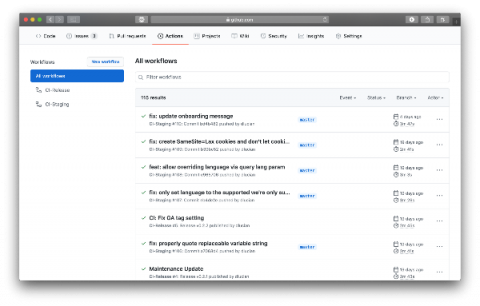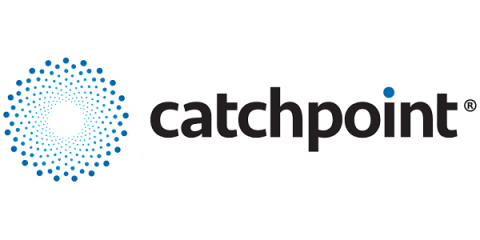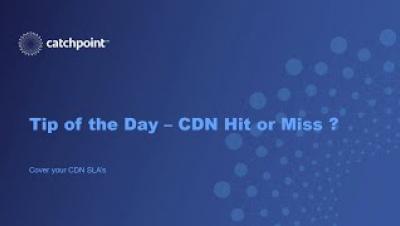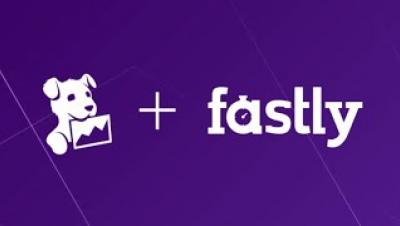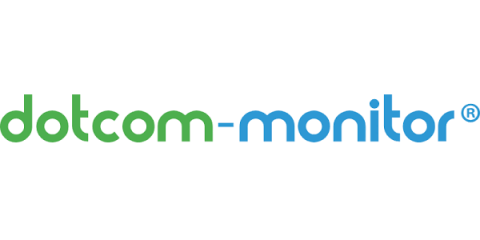GitHub Action to Cloudflare Workers Sites
As time goes by, I’m looking for solutions that require as little maintenance as possible. One of those is deploying our client web app and our homepage directly on the CDN edge, with GitHub Actions. Not only we don’t need a server to host the app, but the deployment script is also serverless and maintenance-less. This allows me to focus on important tasks, knowing that deployment and serving of the app is always blazing fast.


